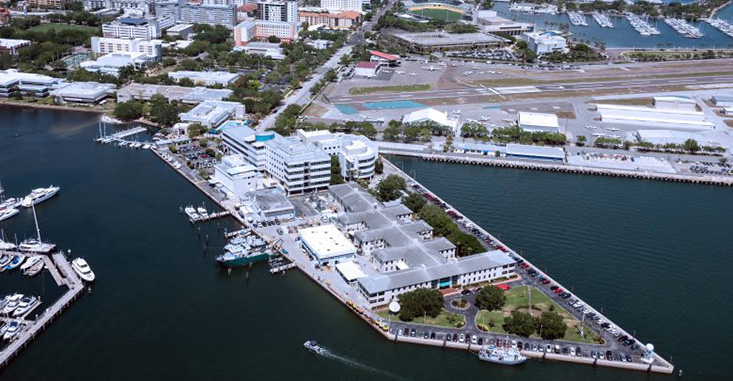
Marine Science Faculty Publications
Gravimetric Methods – Spacecraft Altimeter Measurements
Document Type
Book Chapter
Publication Date
2007
Keywords
calibration/validation, gravity, Jason-1, precise orbit determination, satellite altimeter, sea level, sea state bias, TOPEX/POSEIDON
Digital Object Identifier (DOI)
https://doi.org/10.1016/B978-044452748-6.00174-7
Abstract
Satellite altimetry has become an important tool for studying the Earth. Here, we summarize the basic concepts of satellite radar altimeters, including how range is measured, how the precise orbit height is calculated, and how these are combined to determine sea surface height (SSH). Corrections needed to account for path delays of the radar pulse in the atmosphere and biases at the surface are described. These include the ionosphere, wet troposphere, and dry troposphere atmospheric corrections and the sea state bias and inverted barometer surface corrections. The calibration and verification of the SSH measurement is explained, using specific examples from the TOPEX/Poseidon and Jason-1 missions. We also comment on some geophysical applications of the altimeter measurement, including the ocean geoid, bathymetry, tides, and global mean sea level. Finally, we briefly discuss other types of satellite altimeters, including laser, delay-Doppler, and wide-swath altimeters.
Was this content written or created while at USF?
No
Citation / Publisher Attribution
Gravimetric Methods – Spacecraft Altimeter Measurements, in G. Schubert (Ed.), Treatise on Geophysics, Elsevier, v. 3, p. 123-161
Scholar Commons Citation
Chambers, Don P., "Gravimetric Methods – Spacecraft Altimeter Measurements" (2007). Marine Science Faculty Publications. 179.
https://digitalcommons.usf.edu/msc_facpub/179

